Electronic Apex Locators may perform better than radiography alone
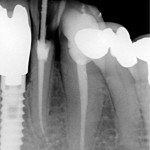
When performing root canal treatment determining the position of the apical constriction of the tooth in order to gauge the ‘working length’ of the root canal is an important step. Traditional this has been performed with radiographs although electronic apex locators (EALs) have been available for may years and are becoming increasingly popular. The aim [read the full story…]
Study suggests benefits to adjacent teeth from application of fluoride containing fissure sealants
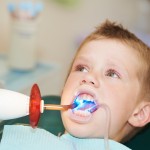
There is good quality review evidence (Ahovuo-Saloranta et al. 2013) that resin-based fissure sealants are effective at preventing or controlling occlusal caries. The aim of this trial was to assess whether sealing first permanent molars with fluoride releasing compounds reduced the caries increment on the distal surface of the second primary molars. Children with at [read the full story…]
Second group of reviewers find some evidence for use of facemask for class III malocclusions

The aim of this review was to evaluate the short-term skeletal effects of facemask treatment on growing Class III patients. Searches were conducted in PubMed, Medline, Embase, Cochrane Central Register of Controlled Trials, Web of Science, LILACS, and Google Scholar. Randomised controlled trials (RCTs) conducted on growing class III patients using protraction facemask were included. [read the full story…]
Review finds insufficient evidence to determine whether Hawley or vacuum-formed retainers are most effective following orthodontic treatment
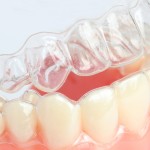
Retention is an essential phase of orthodontic treatment without which there is a tendency for teeth to return to their initial position. The aim of this review was to compare the effects of Hawley retainers (HRs) and vacuum-formed retainers (VFRs) Searches were conducted in Cochrane Central Register of Controlled Trials (CENTRAL), Medline, Embase, ISI Web [read the full story…]
No good quality evidence on how to manage juvenile idiopathic arthritis with temporomandibular joint involvement
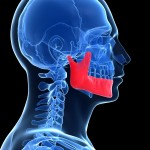
Juvenile idiopathic arthritis (JIA), also known as juvenile chronic arthritis and juvenile rheumatoid arthritis affects a range of joints. The temporomandibular joint (TMJ) can be the first and only affected joint. In the UK about 1 and 2 in every 10,000 children develop JIA each year. The prevalence of TMJ involvement in JIA patients ranges [read the full story…]
Study suggests that fissure sealants can arrest caries in primary molars

There is good evidence for the effectiveness of fissure sealants in the prevention of caries (Dental Elf 8th April 2013) and some evidence for its use in the treatment of carious lesions. There is also evidence for the effectiveness of partial rather complete caries removal (Dental Elf 13th Apr – 2014).The aim of this study [read the full story…]
ELF Break
Review finds that orthodontic treatment using self-ligated bracket systems take longer than conventional approaches
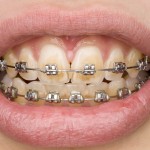
This review aims to assess the role of the various characteristics of orthodontic brackets (material, slot size, ligation type, etc) and their combination with specific wires on their clinical effectiveness and associated side-effects during fixed-appliance orthodontic treatment. Searches were conducted in Medline, Cochrane Library, Biomed Central, BBO including LILACS, Ind Med, Sceilo, Clinical trials.gov, Conference [read the full story…]
Available evidence is insufficient to show if sinus lift techniques or short implants are more effective in reducing failures of dental prostheses
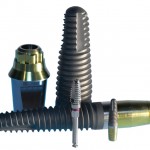
The amount of bone available in the upper jaw following the loss of teeth is reduced to alveolar bone loss and the presence of the maxillary sinus. Sinus lift procedures increase bone volume by augmenting the sinus cavity with autogenous bone or commercially available biomaterials, or both. This review is an update of the 2010 [read the full story…]
New Cochrane Protocol – May 2014

The aim of this review is to assess the effects of behavioural techniques, pharmacological and non-pharmacological interventions for management of gagging in patients undergoing dental procedures. As the authors note gaging-related problems contributed to about 20% of dental avoidance cases and a wide range of methods have been describe for management of the gaging patients. [read the full story…]

